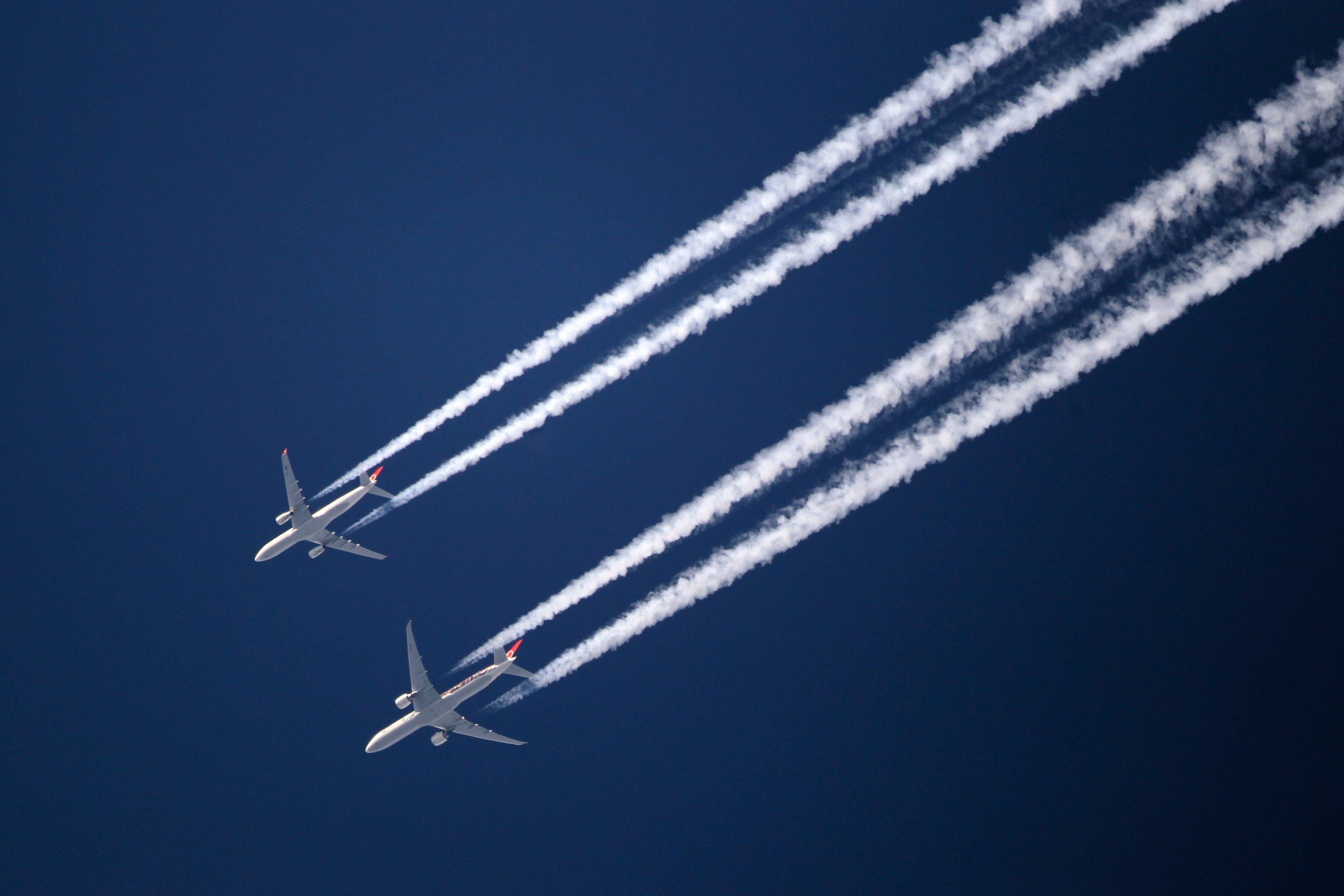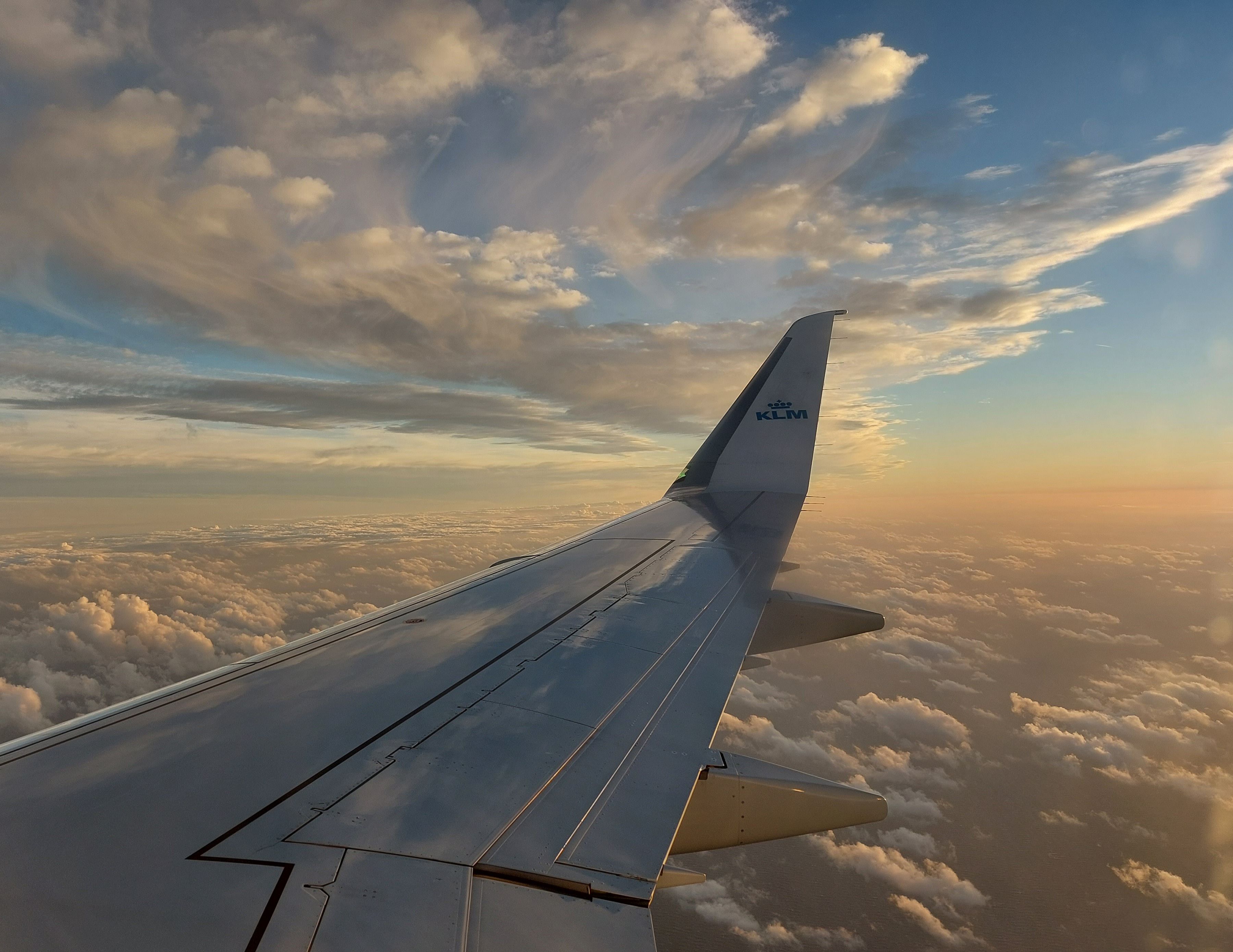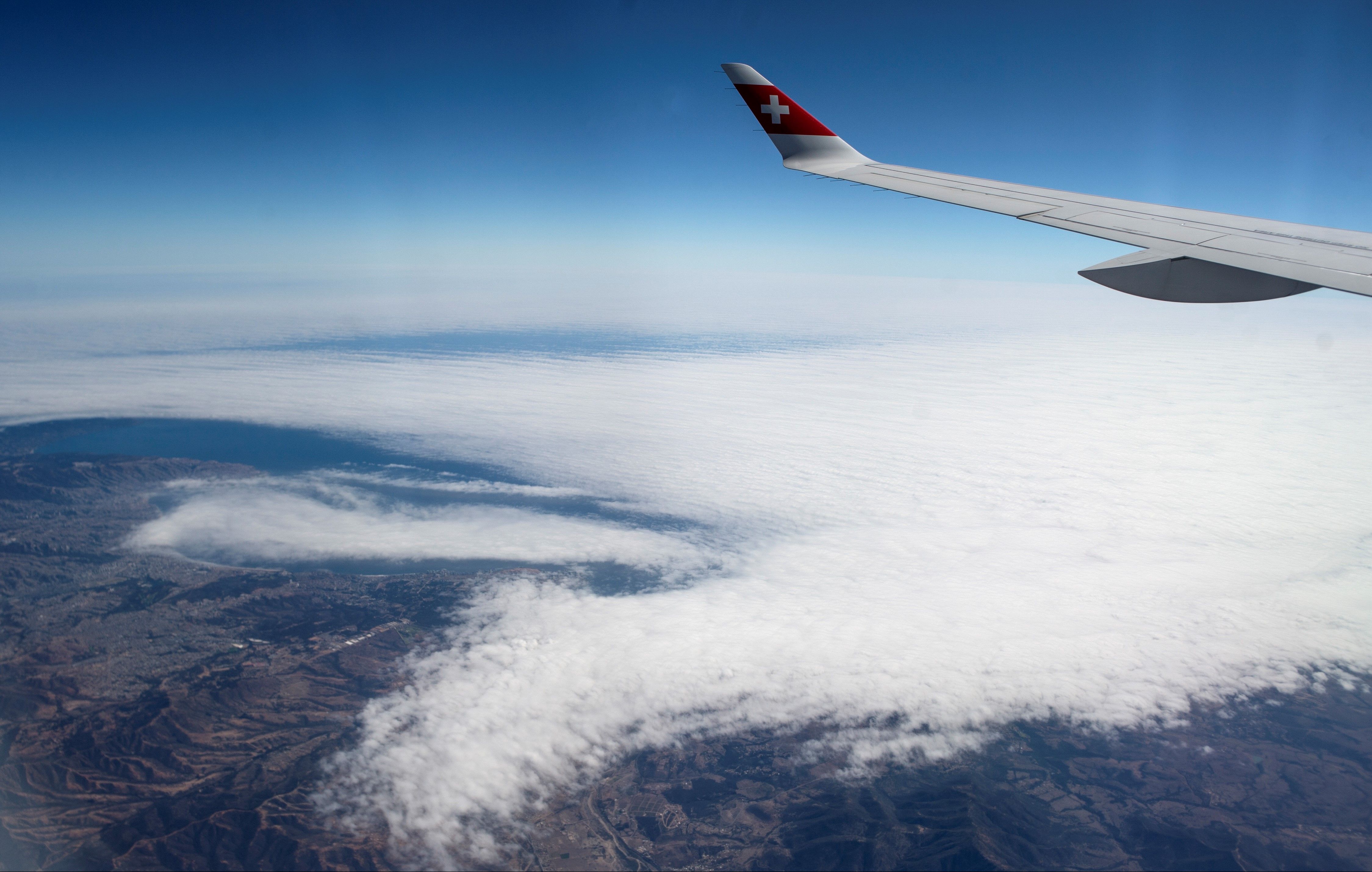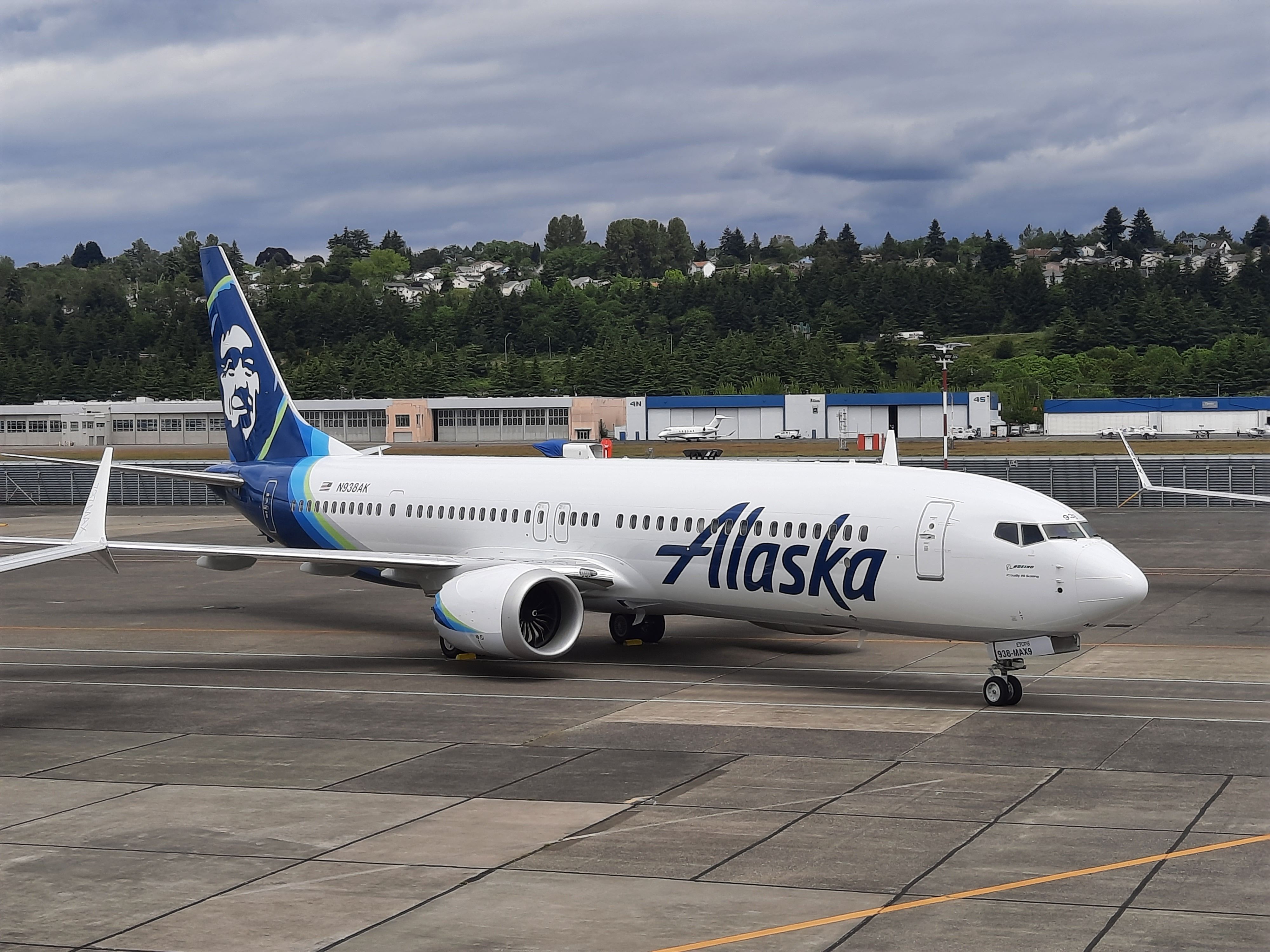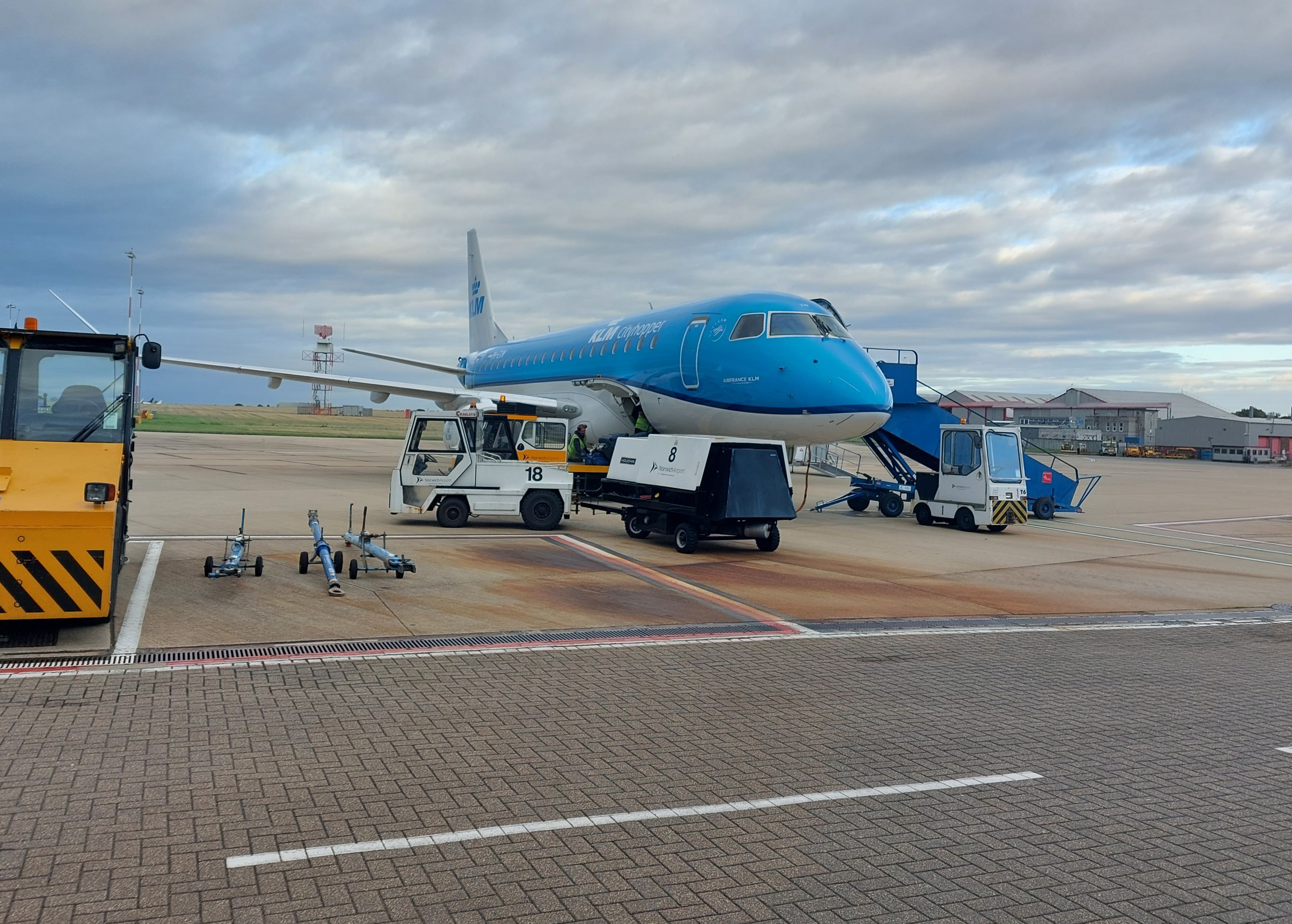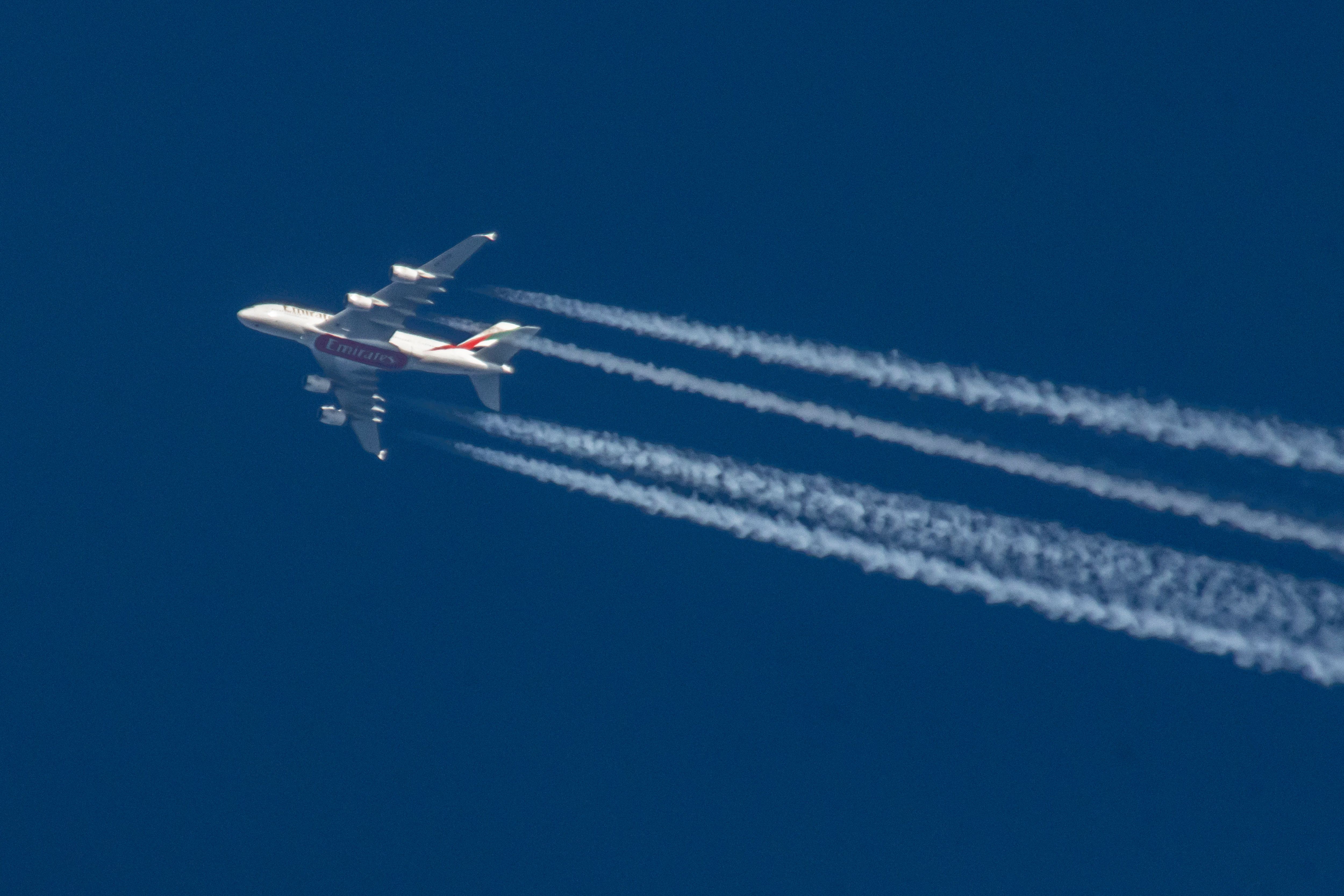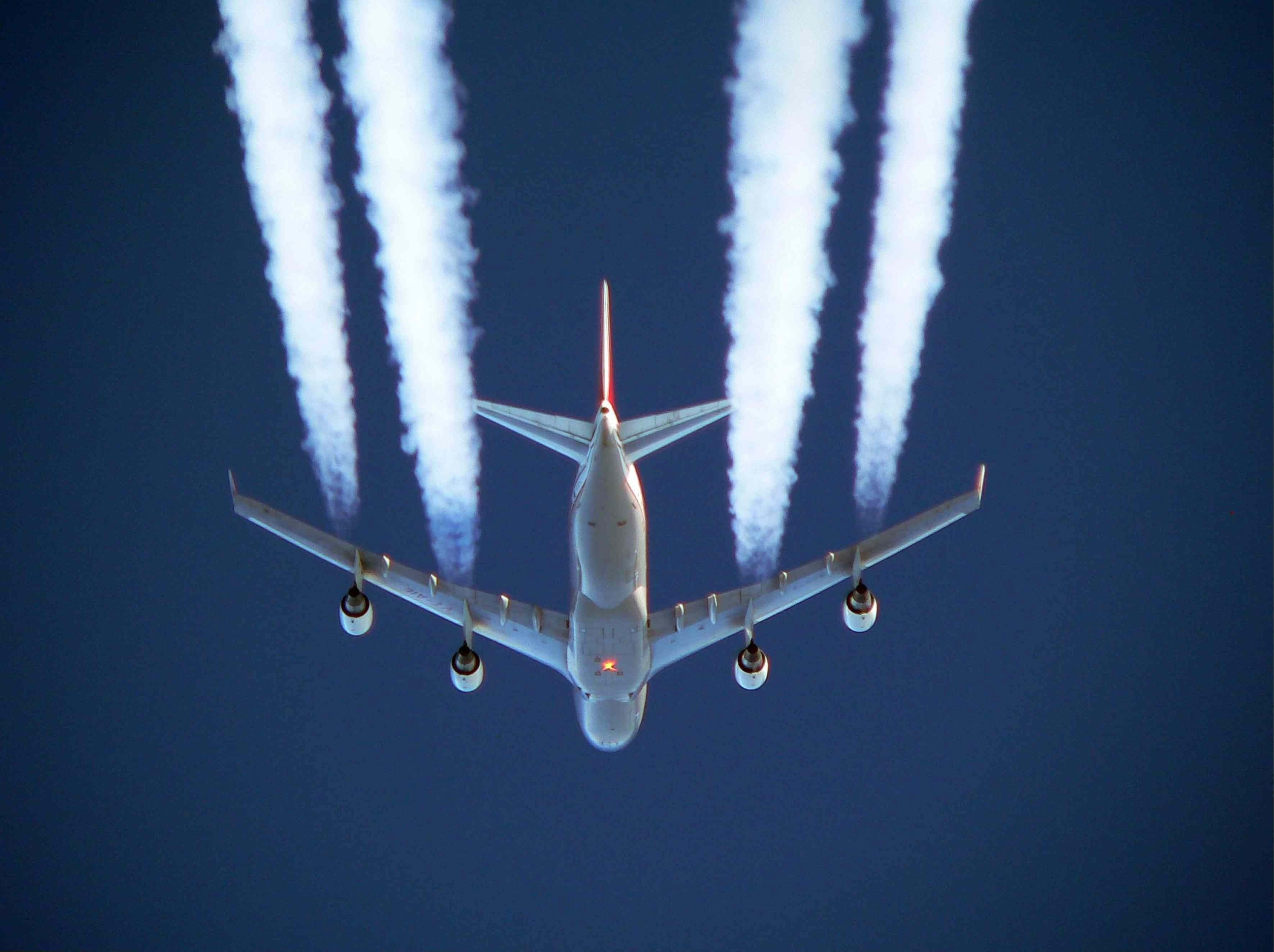We often cover factors such as speed and range when analyzing passenger jets from across the globe, as a means of measuring their performance levels against one another. However, today, we thought we'd look at another aspect of these aircraft. Let's compare the altitude abilities of the planes we know and love.
Defining an aircraft's service ceiling
For this article, we will assess the different aircraft's altitude capabilities by their maximum service ceiling. The EAA shares that the definition of service ceiling is the height above sea level at which an aircraft with a normal-rated load "is unable to climb faster than 100 feet per minute under standard air conditions."
Overall, the service ceiling is the maximum usable altitude of a plane, although they rarely fly that high. Nonetheless, here is a comparison of the factor when it comes to the world's major modern commercial jetliner families.
Get the latest aviation news straight to your inbox: Sign up for our newsletters today.
Airbus Narrowbodies
When it comes to the original crop of the Airbus A320 family, these twinjets have a service ceiling of between 39,100 ft and 41,000 ft. This is between 11,917 m and 12,497 m. Meanwhile, the A320neo range has a maximum service ceiling that is a little less than its predecessor. Indeed, the family consisting of the A319neo, A320neo, and A321neo, has a service ceiling of up to 39,800 ft (12,131 m).
Of course, Airbus's narrowbody offerings aren't limited to the A320 and A320neo families. Indeed, its Canadian-built A220 series also looks set to be a game-changer in passenger aviation going forward, having been one of the few winners of the pandemic. When it comes to its service ceiling, the plane offers 41,000 ft (12,496 m).
Want answers to more key questions in aviation? Check out the rest of our guides here!
Boeing narrowbodies
Over at US manufacturer Boeing, the company's 757 is now something of an industry veteran. Indeed, after entering service with Eastern Air Lines in January 1983, it has now been a trusted soldier of commercial aviation for nearly 40 years. The 757-200, 757-200F, and 757-300 have a service ceiling of 42,000 ft (12,801m).
Meanwhile, the smaller Boeing 737 family, which is both older and more modern than the 757 (depending on the version in question), can't fly so high. The variants between the 737-100 and 737-500 have a ceiling of 37,000 ft (11,300 m), and the versions between the -600 and the MAX have a ceiling of 41,000 ft (12,496 m).
Regional jets
When it comes to regional aircraft with narrower, four-abreast economy class cabins, the Embraer E-Jet and E2 series have gained great prominence over the years. All of the planes in these ranges have a service ceiling of 41,000 ft (12,496 m).
Another well-liked regional design is the Bombardier CRJ series, whose aircraft are a popular choice due to their ability to conduct regional operations effectively. The jets in this series also have a service ceiling of 41,000 ft (12,496 m).
Airbus widebodies
It has now been more than three decades since the Airbus A330 made its first flight, doing so in October 1992. The aircraft has a service ceiling of 41,100 ft (12,527 m), which puts it just below the A340. This quadjet was developed in parallel with the A330, and its maximum ceiling is a little higher, at 41,450 ft (12 634 m).
In terms of the European manufacturer's newer designs, the A350 has quickly become a favorite among many airlines worldwide. The -900 has a service ceiling of 43,100 ft (13,136 m), and the -1000's figure is 41,450 ft (12,634 m),
While the events of the last few years have seen the Airbus A380 lose some of its popularity, airlines worldwide have been reactivating more and more of their superjumbos this year. The mighty double-decker quadjet flies higher than most Airbus designs and has the ability to reach a service ceiling of 43,000 ft (13,106 m).
Boeing widebodies
Lufthansa previously bragged that its 747-400 could reach the highest altitude in its fleet, with a maximum service ceiling of 44,947 ft (13,610 m). The German flag carrier also flies the modern 747-8, which has a service ceiling of 43,100 ft (13,137 m). As it happens this figure is similar to most of Boeing's widebody twinjets.
For example, the variants of the Boeing 767 family range from 43,000 ft (13,106 m) to 43,199 ft (13,167 m) when it comes to their maximum altitudes. Similarly, the Boeing 777 family also maxes out at a ceiling of 43,100 ft (13,137 m).
This figure is shared by the 787-8 and 787-9 variants of Boeing's 'Dreamliner' series, which also have a ceiling of 43,100 ft (13,137 m). However, the figure for the stretched-fuselage 787-10 variant is somewhat lower, at 41,100 ft (12,527 m).
In the same ballpark
Altogether, the service ceilings of most modern jets are not so far apart, although widebodies generally have a higher figure than narrowbodies. However, there was a clear winner earlier this century when Concorde was around. This delta-winged jet had a whopping service ceiling of 60,000 ft (18,300 m). According to Robb Report, the supersonic Boom Overture will also cruise at this altitude.
Sources: EAA, Robb Report

